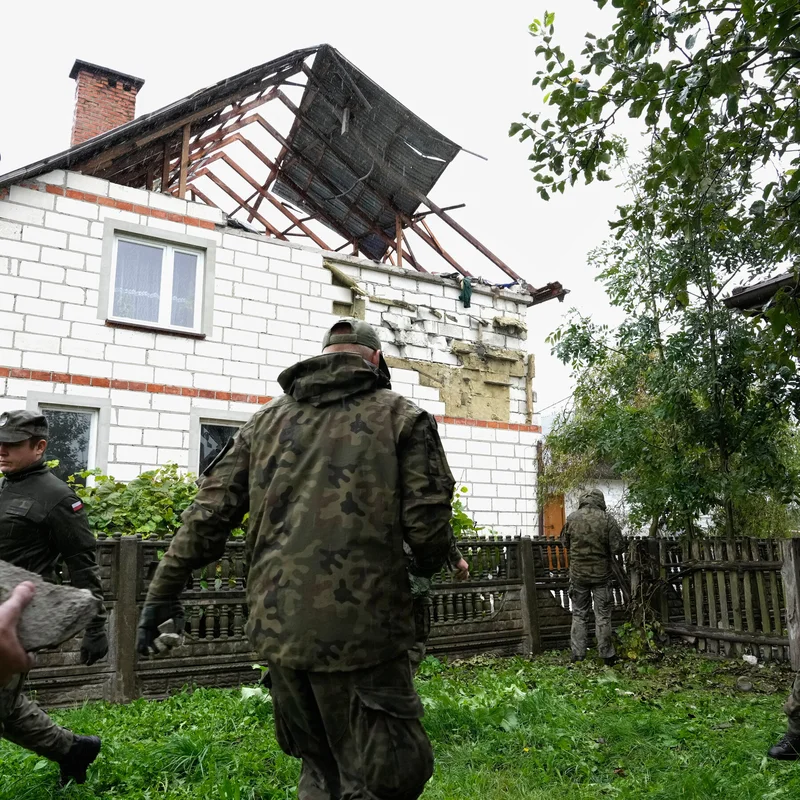In a dramatic surge of geopolitical tension, Russia has intensified its provocations across Europe in recent weeks—flying drones into NATO territory, violating airspace, and launching a shadow campaign to sway Moldova’s pivotal parliamentary election this Sunday. European leaders are sounding the alarm, warning that Moscow is exploiting a perceived decline in U.S. engagement under a potential second Trump administration .
Wave of Russian Aggression: A 3-Week Timeline
From the Baltics to the Black Sea, Russia’s actions have been both brazen and widespread:
- Poland & Romania: Multiple Russian-made drones detected crossing borders.
- Estonia: Russian fighter jets entered sovereign airspace without warning.
- Baltic Sea: A German Navy frigate was “buzzed” by Russian aircraft.
- Denmark & Norway: Major airports temporarily shut down due to unexplained drone activity; officials cite Russia as a possible actor.
- Moldova: Coordinated disinformation, cyberattacks, and covert funding aimed at undermining pro-EU President Maia Sandu ahead of the October 2025 election .
⚠️ Why Moldova Matters
With just 2.4 million people, Moldova is Europe’s poorest nation—but its geopolitical significance is immense. Sandwiched between Ukraine and Romania, it sits at the crossroads of EU and Russian influence. A pro-EU victory could accelerate its accession talks; a pro-Kremlin shift could destabilize Eastern Europe.
Russia’s Playbook in Moldova: Tactics of Interference
Moscow’s strategy blends old-school espionage with modern digital warfare. According to EU and NATO intelligence reports, Russia’s campaign includes:
- Disinformation Flood – Fake news sites and social media bots amplifying anti-Sandu narratives.
- Cyber Intrusions – Attempts to breach election infrastructure and voter databases.
- Proxy Financing – Covert funding of opposition parties through shell companies in Transnistria (a Russian-backed breakaway region).
- Energy Coercion – Threats to cut natural gas supplies during winter months.
Key Players in Moldova’s Political Crossfire
| Faction | Leader | Stance on EU | Alleged Russian Ties |
|---|---|---|---|
| Party of Action and Solidarity (PAS) | President Maia Sandu | Strongly pro-EU | None |
| Party of Socialists (PSRM) | Igor Dodon | Pro-Russia, anti-NATO | Confirmed meetings with Kremlin officials |
| Electoral Bloc “Victory” | Renato Usatîi | Ambiguous; populist rhetoric | Funded via Transnistrian networks |
U.S. Retreat, European Anxiety
European officials increasingly fear that the United States—historically NATO’s backbone—is pulling back. With former President Donald Trump leading polls for the 2028 election and having previously called NATO “obsolete,” Moscow appears to be testing Western resolve .
“This isn’t just about drones or airspace,” said one senior EU diplomat. “It’s about perceived weakness—and Russia is probing for cracks.”
The Kremlin has dismissed all allegations as “exalted hysteria,” but NATO has confirmed multiple drone fragments recovered in Poland and Romania match Russian military specifications .
What’s at Stake for North Americans?
While Moldova may seem distant, the outcome has ripple effects:
- ✅ A stronger EU eastern flank enhances transatlantic security.
- ❌ Russian expansion undermines NATO unity and could embolden aggression elsewhere (e.g., Baltic states).
- 🌐 Cyber and disinformation tactics tested in Moldova often migrate to U.S. and Canadian elections.
For deeper insights into hybrid warfare, explore our guide on [INTERNAL_LINK:hybrid-warfare-tactics].




